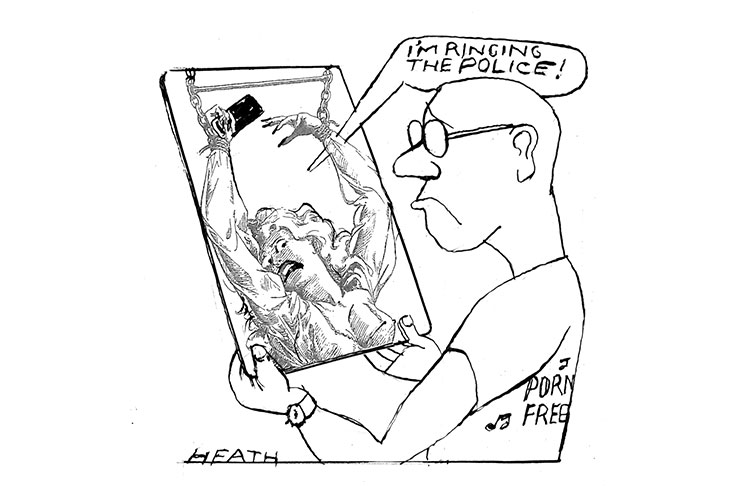In just a few weeks, the government begins its crackdown on porn. From April, all UK-based internet users will be required to prove their age before accessing adult websites. And if they can’t? As they say on the doors, it’s no ID, no entry.
Since the arrival of the internet, and then the smartphone, parents have fretted about how easy it is for children to watch porn, and the impossibility of enforcing age restrictions. In 2015, David Cameron included an age-verification scheme in his election-winning manifesto and, after some delays, Whitehall is now ready to go. But is the plan too intrusive? And is it even remotely feasible? Potentially, say the experts — just with some big caveats.
So how will consenting adults access pornography in a post-block world? The government has worked with the industry to develop a handful of age-verification tools. They range from apps that allow you to scan in your passport to over-the-counter porn passes, costing around £5, which will be available from newsagents later this year (returning the humble corner shop to the centre of the porn-buying world). These passes generate a unique ID code which vouches for your adult status online.
The scheme depends on co-operation: the government plans to instruct the 50 biggest porn websites, by UK-based traffic, to implement it first. Given that most are US-based, there’s a chance they’ll refuse to play ball. This could mean the end of the war on porn; or it could lead to those websites being completely blocked from UK internet service providers — making them unavailable to any British users, regardless of age.
That sort of ban would be a bold step, but it is possible. (The American shock-tabloid the National Enquirer, which has an admirable record of ignoring super-injunctions, has been blocked from UK browsers for some time.)








Comments
Join the debate for just £1 a month
Be part of the conversation with other Spectator readers by getting your first three months for £3.
UNLOCK ACCESS Just £1 a monthAlready a subscriber? Log in